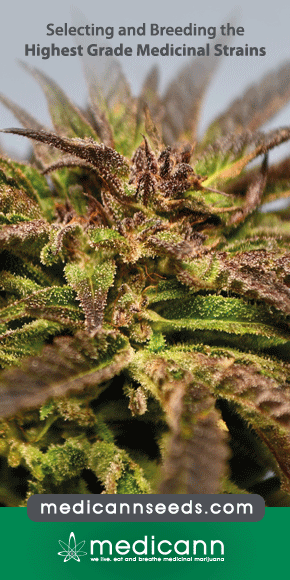The onus of cannabinoids in interrupting the molecular odyssey of breast cancer: A critical perspective on UPRER and beyond
Cannabinoids, commonly used for medicinal and recreational purposes, consist of various complex hydrophobic molecules obtained from Cannabis sativa L. Acting as an inhibitory molecule; they have been investigated for their antineoplastic effect in various breast tumor models. The present study summarizes new achievements in understanding the extent of therapeutic progress and highlights recent developments in cannabinoid biology towards achieving a better cure of breast cancer through the exploitation of different cannabinoids.







